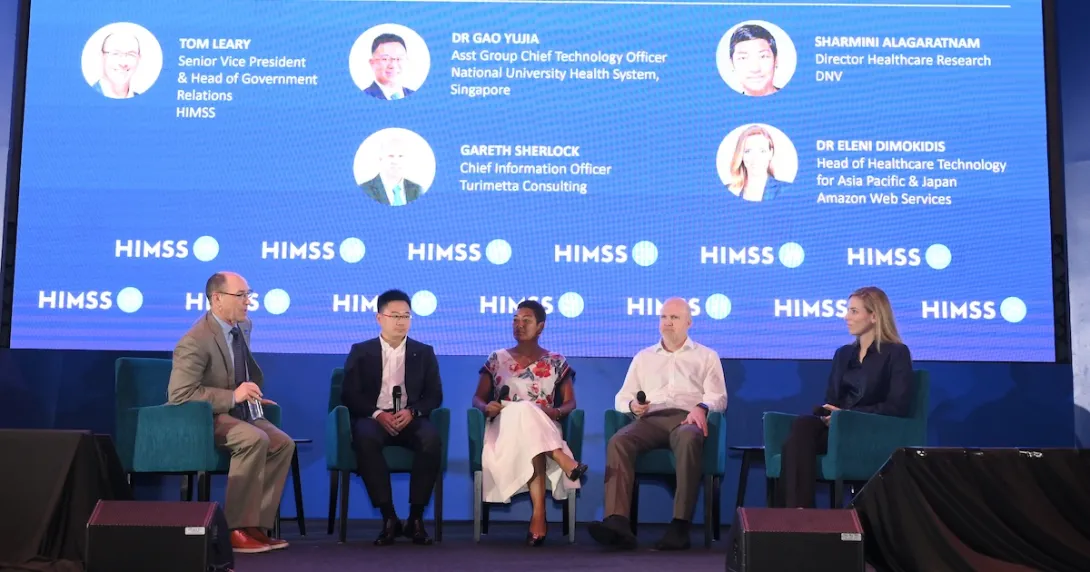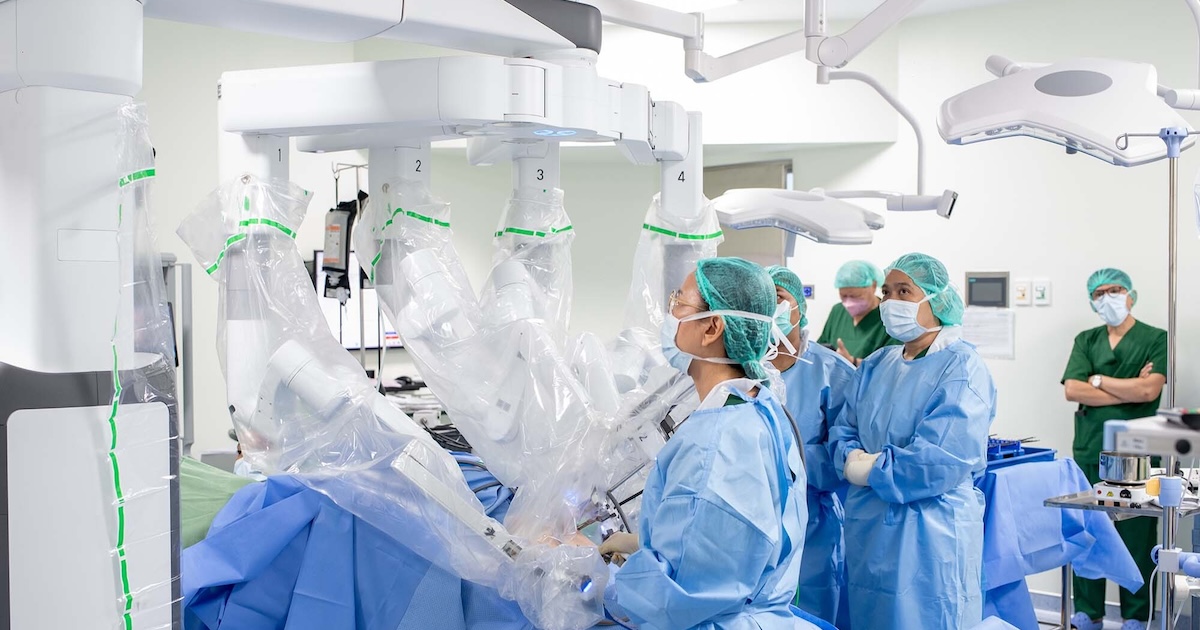
While many health organisations and networks in Asia-Pacific have been fully convinced to adopt AI, health technology experts and leaders caution against diving headfirst without the necessary foundations.
"There are some foundational things [organisations] need to do. You can't just bring AI into your organisation and expect it to start solving problems," said Gareth Sherlock, CIO of Turimetta Consulting, who joined a HIMSS25 APAC panel that discussed ways to implement and scale AI within health systems safely.
"Hospitals and healthcare networks need to have a conscious strategic process around AI development and implementation," suggested Shamini Alagaratnam, director of healthcare research at risk management solutions company DNV.
To do this, she said, organisations first have to identify the biggest among their problems, see where they can gain and match them with AI solutions, and then focus on those solutions that will bring the most value and go from there.
"Organisations sometimes lead with the technology… You don't lead with the technology and expect it to fix your problem," Sherlock exclaimed.
Another way, Eleni Dimokidis proposed, is to first deal with data. "You need to not just aggregate your data, but wrangle your data, clean your data, normalise, and classify your data," said the head of healthcare technology for Amazon Web Services APAC and Japan.
Having "clinical champions" is important when building clinical solutions powered by AI, according to Dr Gao Yujia, assistant group CTO of the National University Health System in Singapore.
"You need your clinical champion to understand the clinical side, as well as the research and development, the technology, the AI, the informatics, so that they can speak the common language."
"You need the clinician side to make sure that we stay grounded, we stay true to the core of why we're doing all this, which essentially is because we want to make the patient journey better. If you are looking at a clinical solution, you need a clinician to drive it, and not someone who is sitting up there in the office," he added.
"Along with AI leadership and the use cases, you also need to have CIOs that have some sophistication and understanding [of] the technical dependencies and the infrastructure underneath," Dimokidis also said.
Moreover, Alagaratnam underscored striking a balance in resolving the twin challenge of cost and quality and safety. "Ideally, we would provide [solutions for] both of those simultaneously, but we do need to find a balance that works for each individual, provider, country, government, and population, and this is something that we need to agree on collectively."
Scaling AI
The panel agreed that over the past couple of years, AI adoption has grown from simple, individual use cases, like predictive and imaging analyses, to multiple use cases and more real-time applications.
"AI is the new hammer in your toolkit. Everyone wants to reach for the hammer, but not every problem is a nail," Sherlock said.
While the entire health ecosystem is fully considering adopting and implementing AI, different institutional levels have different mandates and priorities, Dr Gao reminded. "We do need to stratify our strategy in terms of who should do what from a rational and a practical approach based on what we are supposed to do or what we are meant to do in the institutes that we practice, and not chase for the next shining star in the sky, and in a way, lose ourselves in that process," he emphasised.
With no signs of the AI wave dissipating in the coming years – indeed, IT experts are already anticipating the next wave coming from agentic AI and multimodal models – Sherlock sees many health organisations proceeding conservatively.
"Organisations will continue to be conservative in that way, but it's exciting to see [some] that are innovative and pushing the boundaries a little bit."
For organisations who are still hesitant in adopting AI, Alagaratnam advised, " We're all terrified at the moment of sharing our health data, but we do have the technical [and] technological means to be able to leverage it safely and securely, for example, through federated networks, where you send algorithms to different hospitals and take the trained algorithm only away instead of the health data."
" We need to start looking to leverage these kinds of solutions because that is the true foundation of medical knowledge," she stressed.
